In this Newsletter podcast, Drip Irrigation expert and garden book author Robert Kourik troubleshoots the most common drip irrigation issues for home gardeners.
Drip Irrigation: How Long Do I Water?
90% of all plant problems are water related, either too much or too little. Compounding the problem: gardeners who are operating a drip irrigation system but using a sprinkler mentality.
Talking to gardeners, after describing a plant problem, will be asked: "How are you watering that plant?" More often than not, if the answer is, "drip irrigation", they will follow that with, "And I run it for five minutes a day, everyday."And therein lies the problem.
A drip irrigation system puts out water much slower than a sprinkler system, usually a gallon or two an hour versus a sprinkler system's output of a gallon or two A MINUTE.
In five minutes, a 1 gallon per hour (gph) drip emitter will put out about 10 ounces of water...slightly more than a cupful. Not only will that pittance of water not saturate the width of the plant's root zone (which can extend beyond the canopy of the plant), it won't penetrate more than an inch or two. And then not stay there very long.
What happens to a plant with a shallow watering program? The roots stay very near the surface, where they are more subject to drying out quickly. This boom and bust cycle stresses the plant, opening up the possibility of disease and insect invasions.
With a drip irrigation system, don't think "minutes". Think: "hours". And water deeply, but infrequently (once or twice a week). However, that instruction can be and should be modified based on the type of soil you have. If you’re doing in-ground planting and have heavy clay soil, you may be able to get away with that formula.
Irrigating a raised bed, where the imported soil amendments may be lighter and fluffier, with a greater sand content, more frequent irrigations with drip will be necessary. More horizontal tubing will be necessary as well, perhaps 8-10 inches separating the lines of half-inch tubing. In sandier soil, the water footprint is much more narrow than in clay soil.
Listen to Robert Kourik, author of the book, Drip Irrigation for Every Landscape and All Climates. In the podcast at the top of this edition of the Beyond the Garden Basics newsletter, he talks about watering with a drip system, a little bit, every day. HOWEVER…he also mentions that his preseason watering regimen includes saturating the entire soil mass in his raised bed, and then only adding enough water each day to make up for any loss. You can try this at home, but…don’t try this at home unless you are dedicated to the craft of measuring your soil moisture in the root zone on a regular basis in your raised beds.
Your goal is to apply enough water to penetrate the soil to a depth of at least 6 inches, preferably more. The day after you water, either dig down 8 inches by hand or with a soil sampling tube; or, stick a moisture meter down to that depth to determine if the soil is moist (not dry, and not soggy). Battery-operated soil moisture meters tend to have a longer life.
In our raised bed vegetable garden, the summer watering regimen is with an inline drip irrigation system (1 gph emitters along the line, with emitters spaced 12" apart) which is run twice a week, six hours at a time. Your weather, soil type, slope and crops may need a slightly different watering schedule. In our 4'x8' raised beds, five inline emitter lines run the length of each bed. The lines are spaced about 9" apart. The big reason why I can get away with a once or twice a week application of water via drip irrigation: the soil is amended each growing season, covered with a half inch of worm castings, a couple of inches of fine compost, and finally three to four inches of shredded oak leaves as the top mulch.
No digging is necessary (digging and tilling destroys soil structure and the necessary air pockets). The end result of doing this after a few years: soil that retains moisture better, longer. And, more beneficial microbial activity, as well as more worms (worms are good).
Consider using microsprinklers or sprayers to thoroughly wet the root area for trees and shrubs. These put out more water, usually between 8 and 20 gallons per hour. We have these on our shrubs and fruit trees, and during the summer will run them for about an hour, once or twice a week, depending on how hot it is.
The other part of the drip irrigation equation that a lot of gardeners miss: not enough emitters for the plant. Placing one emitter next to a new tree or shrub is not enough. Remember, plant roots tend to grow out horizontally. Emitters should be spaced evenly around the tree or shrub, in a spiraled circle, halfway between the trunk and the outer canopy of the newly installed plant. The spacing between the emitters will depend on your soil type: for sandy soils, use a 12" spacing; for heavy clay, 18-24" spacing. Add emitters towards the outer canopy of the plant as the plant grows.
• Soaker hoses need maintenance, too. Flush them monthly. The Dramm soaker hose, pictured here, is the most reliable, even-flowing soaker hose I have ever used.
One of my favorite aisles at the big box stores is the drip irrigation aisle (also known as “Purgatory on Earth”). It’s almost like a church in that section of the store. People are silent, staring straight ahead at the morass of bins containing strange looking drip irrigation parts…and those people are more than likely praying for guidance that they can unravel the mysteries surrounding drip irrigation installation and repair.
A great online tutorial about drip irrigation: the Dripworks website. This site has helpful tips and videos that can help beginner and pro alike solve their drip irrigation and yard watering woes.
The Dripworks catalog is also great resource for anyone tackling the problems associated with drip irritation...uh, irrigation. Just thumbing through the catalog can give you several "Aha!" moments for improving your own yard watering procedures, especially if you are looking to replace your residential sprinkler systems with a drip irrigation system, which can work with your existing automatic sprinkler system control box.
A final warning about drip irrigation systems: they will need maintenance. Lines can separate from their fittings. Emitters can clog. Micro-sprayers can jam. Shovels, trowels, weed whackers, spading forks, squirrels and rats can pierce a half-inch or quarter-inch drip feeder line. Turn the system on manually at least once a month and walk the circuit. Look for unusual wet spots, dry spots and geysers. Have the necessary repair parts handy. Know where the end caps are for each line. Remove those caps and flush the system for several minutes at the least at the beginning and end of each season, especially if you are on well water.
And to answer your question: “Is it worth it?” Yes. Because of its pinpoint accuracy, drip systems use far less water than ordinary sprinklers, and that accuracy insures the roots of the plant will get the water they need. Plus, you’ll be spending more time in “church”.
Thank you for listening to the Garden Basics with Farmer Fred podcast! It’s available wherever you get your podcasts. Please share it with your garden friends.
As an Amazon Associate, I earn from qualifying purchases from some of the underlined links in the newsletter. This is how I am trying to keep this a free newsletter. And as long as you buy whatever you want from Amazon using any of those links to get into the Amazon site, I get a few pennies. Thank you.
Thanks for Subscribing and Spreading the Word About the Beyond the Basics: The Garden Basics with Farmer Fred newsletter, I appreciate your support.
Fred Hoffman is also a University of California Cooperative Extension Master Gardener in Sacramento County.

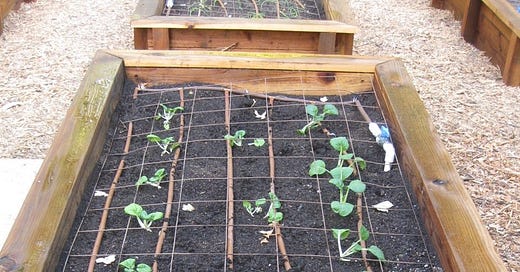



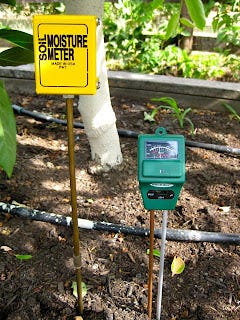



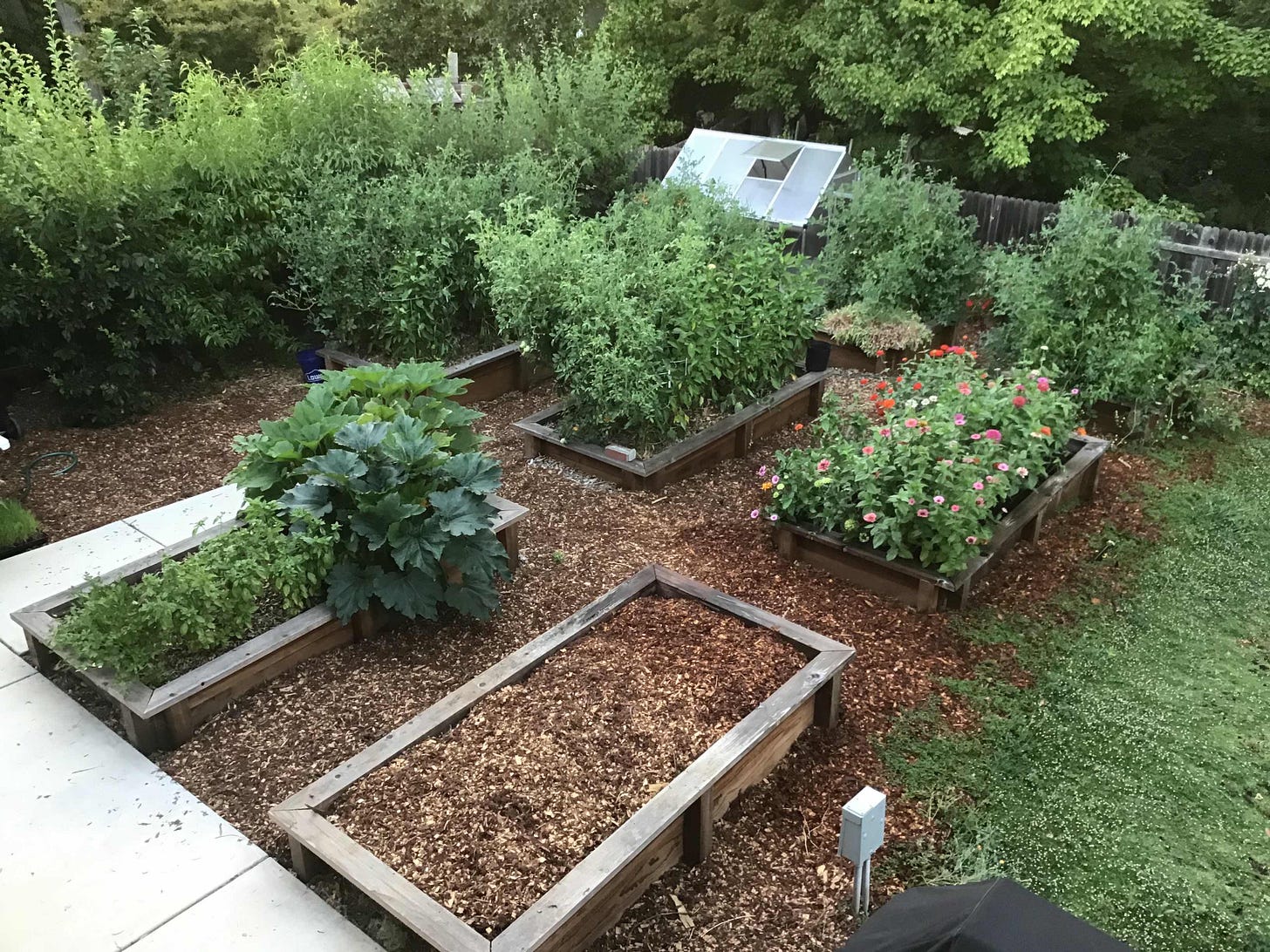
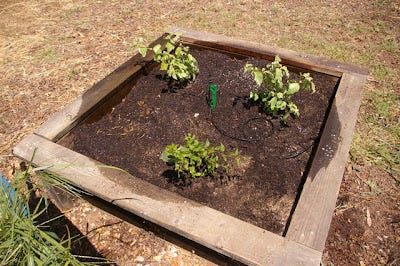

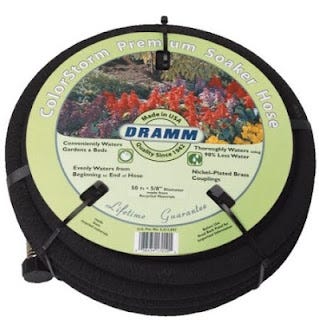

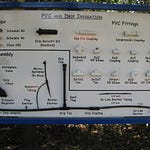

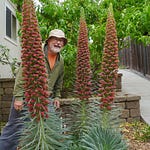

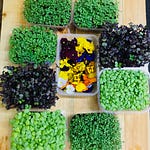


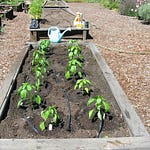
Share this post